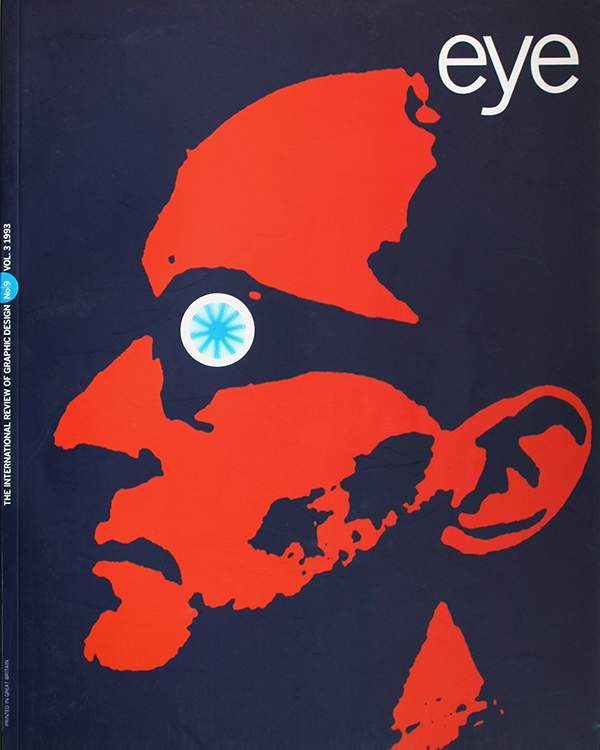Summer 1993
Prints of Islam
In Syria and Beirut, craftsmen make inexpensive devotional images for the workplace and home
The graphic prints of Beirut (Lebanon) and Syria (Allepo) are a remarkable expression of Islamic religious beliefs and popular culture. Priced at a few liras (roughly 2p) each, they are sold by street vendors at every corner of the alleys and bazaars, where they are piled up by the hundred alongside prints of pop stars, film stars, football players and other secular subjects. People use them for decoration in cafes, grocers, barber shops and the home. Sometimes they are framed, sometimes simply pinned to the wall. Drivers display them in taxis and lorries.
Most of the illustrations are made by craftsmen using traditional techniques. The images are printed on cheap card or paper using four-colour silkscreens, sometimes off-register or bleeding at the margins. The quality is usually low. The most common sheet size is standard A3, cut to A4 to give two prints. Colours are intensely bright: red, yellow, turquoise, gold and green, green being strongly associated with Islam. The way this clashing palette is used goes against every Western theory of colour harmony.
The prints are naive, spontaneous and even crude, relying on a knowledge of historical religious themes common to most Moslem countries. They are aimed at both Suni and Shiite Moslems (Sunis place more emphasis on the unity of the community; Shiites on the integrity of government as embodied in the character of the ruler). A variety of heavenly clouds and waterfalls, birds of paradise and roses are used to charm both illiterate and sophisticated viewers. Some prints are illustrated purely from the imagination, with little connection to actual places or worldly realities. Those derived from Koranic concepts usually make use of the sacred names of Allah and Mohammed, the sacred verses of the Koran itself, and other elements and beliefs related to the prophet’s life, such as the Buraq (the winged horse that took him to heaven), the holy places (Mecca, Medina and Jerusalem) and the genealogical tree tracing him back to Adam.
The Koran’s prohibition of the representation of the human figure has profoundly influenced the development of Islamic art, which remains to a large extent non-figurative. Instead, the Moslem artist must rely on abstract geometric designs and floral patterns, while the sanctity of the words o the Koran adds dynamism to the use of calligraphy as a medium of expression. One exception to this interpretation of Koranic dogma is the Persian miniature, in which the technique of figurative representation has continued unchanged from medieval times to the present day. The images here show both the abstract and figurative approaches.
Rana Salam, graphic designer, London
First published in Eye no. 9 vol. 3, 1993
Eye is the world’s most beautiful and collectable graphic design journal, published for professional designers, students and anyone interested in critical, informed writing about graphic design and visual culture. It is available from all good design bookshops and online at the Eye shop, where you can buy subscriptions and single issues.

